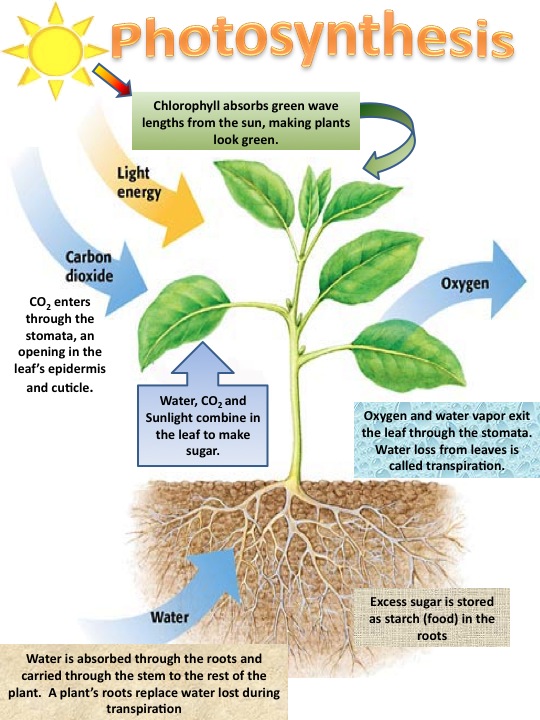Sejak
ditemukan strukturnya oleh James Watson dan Francis Crick pada April 1953,
kromosom atau DNA menjadi makromolekul kimiawi paling terkenal lantaran
merupakan substansi penurun karakter(identitas) dari orang tuakepada generasi
selanjutnya. Dalam satu sel diploid normal manusia, terdapat 46 kromosom dengan
panjang total 1-2 meter. Dalam satu milimeter kromosom terdapat 3.000-4.000
gen.

Gen tak
lain adalah potongan (fragmen) untai rangkap DNA yang tersusun dari polimer
nukleotida. Sebagi unit terkecil dari gen, setiap nukleotida terdiri atas tiga
komponen, yaitu satu molekul basa nitrogen, satu molekul gula berkarbon lima
(dioksiribosa) dan satu gugus fosfat. Molekul basa nitrogen adenin, timin,
guanin, dan sitosin menyusun bangunan makromolekul DNA , juga gen.
Susunan
basa ini mempengaruhi susunan genetika seseorang dan diwariskan dari kedua
orang tua kandung. Seuntai DNA sepanjang
satu meter tersusun oleh sekitar tiga miliar molekul basa yang saling
berpasangan menurut aturan Chargaff (diperkenalkan oleh ahli Biokimia Erwin
Chargaff ( tahun 1947). Analoginy a dengan wujud sebuah tangga dengan tiga miliar
anak tangga. Menurut Chargaff, molekul basa nitrogen Adenin (A) berpasangan dengan
Timin (T), sedangkan Guanin (G) dengan Sitosin (C= cytosine) . Urutan molekul
basa in, sekaligus urutan nukleotida, beragam pada setiap individu yang tidak
berhubungan darah, kecuali pada kembar identik satu telur (kembar monozigot).


Oleh karena
itu, pola urutan nukleotida dalam setiap untai DNA ini menjadi identitas
biologis personal (tanda pengenal) yang betul-betul spesifik untuk keunikan
setiap individu, setidaknya dalam setiap tiga miliar penduduk dunia. Penduduk dunia
saat ini sekitar 6,5 miliar jiwa. Berlatar teori pengambilan sampel acak, dengan
mengambil sampel 10 milimeter kromosom (satu persen panjang total kromosom),
profil DNA ini sudah memiliki tingkat diskriminasi (spesifitas) untuk individu
tersebut diantara 30 juta penduduk.
Tidak ada
individu di dunia yang memiliki DNA yang identik, kecuali kembar identik. Namun
dalam satu keluarga, masing-masing individu masih memiliki kemiripan pola
urutan pasangan molekul basa. Hal itu karena pola urutan ini diturunkan dari
satu generasi ke generasi menurut hukum genetik mendel. Karenanya profil DNA
seorang anak masih memungkinkan secara tidak langsung teridentifikasi dari
orang tua kandung atau saudara kandung lewat kecocokan profil DNA . Postulasi
inilah yang diangkat sebagai solusi efektif bilamana ada kasus dugaan bayi
tertukar.
Identitas
permanen bermakna sebagai identitas personal yang tetap melekat pada individu
sekalipun telah meninggal dunia. Tatkala mobilitas global terbuka lebar.,
identitas permanen seseorang menjadi semakin krusial. Setiap individu
berpeluang untuk berpetualang sendirian hingga ke lokasi terpencil di pelosok
planet bumi ini. Sekalipun suatu saat ditemukan tinggal kerangka tulang di
suatu lokasi tanpa penghuni, profil DNA tetap memungkinkan untuk
diidentifikasi. Dimasa mendatang dan juga kini, bila terdapat bukti kecocokan
profil DNA dengan saudar atau anak kandungnya, individu yang tinggal kerangka
ini amat mungkin” menemukan keluarganya kembali, dengan bantuan teknologi
molekular DNA.
Sumber:http://suaramerdeka.com/1/index.php/read/cetak/2011/05/19/146873/DNA-Tanda-Pengenal-Masa-Depan




